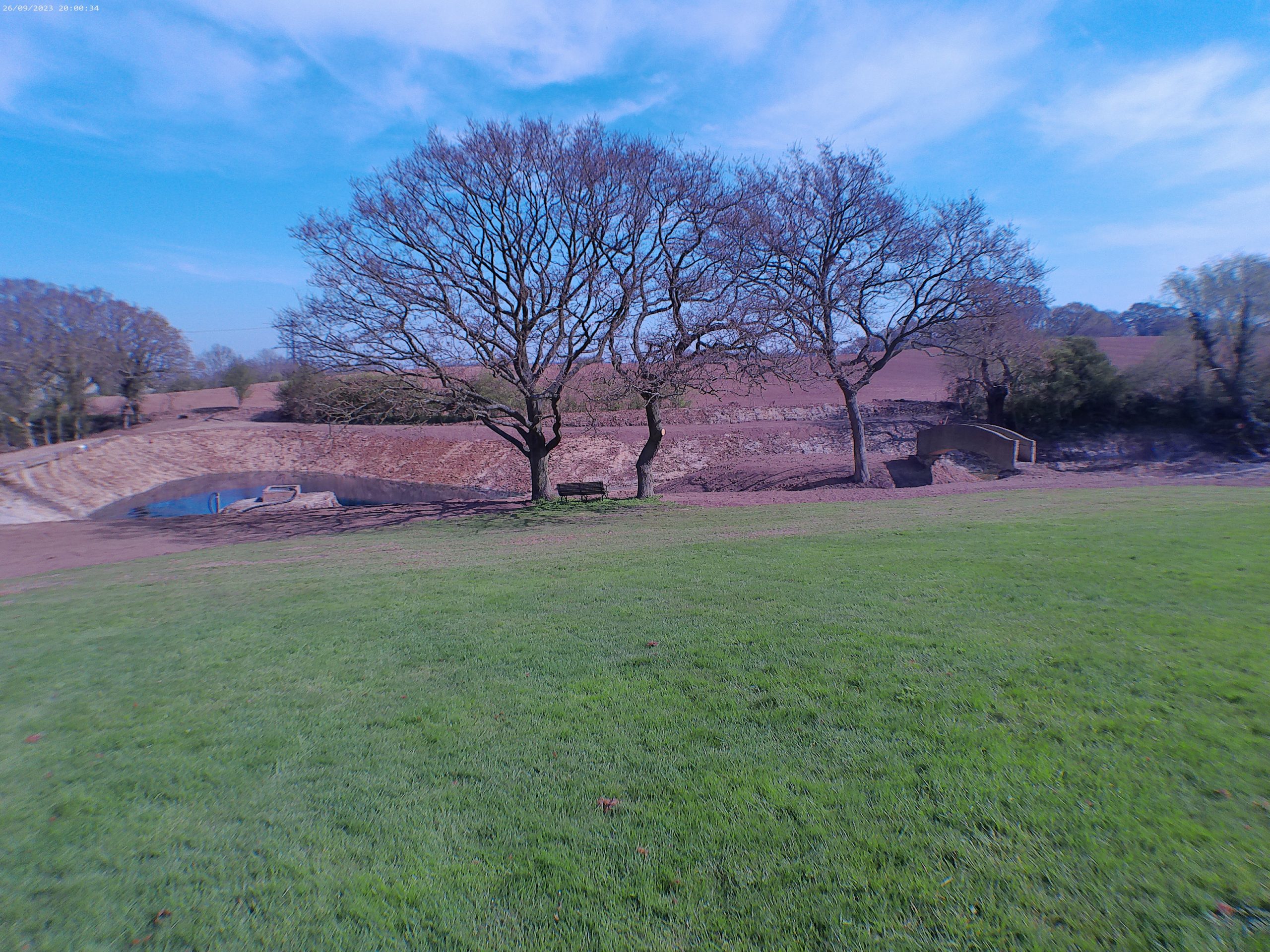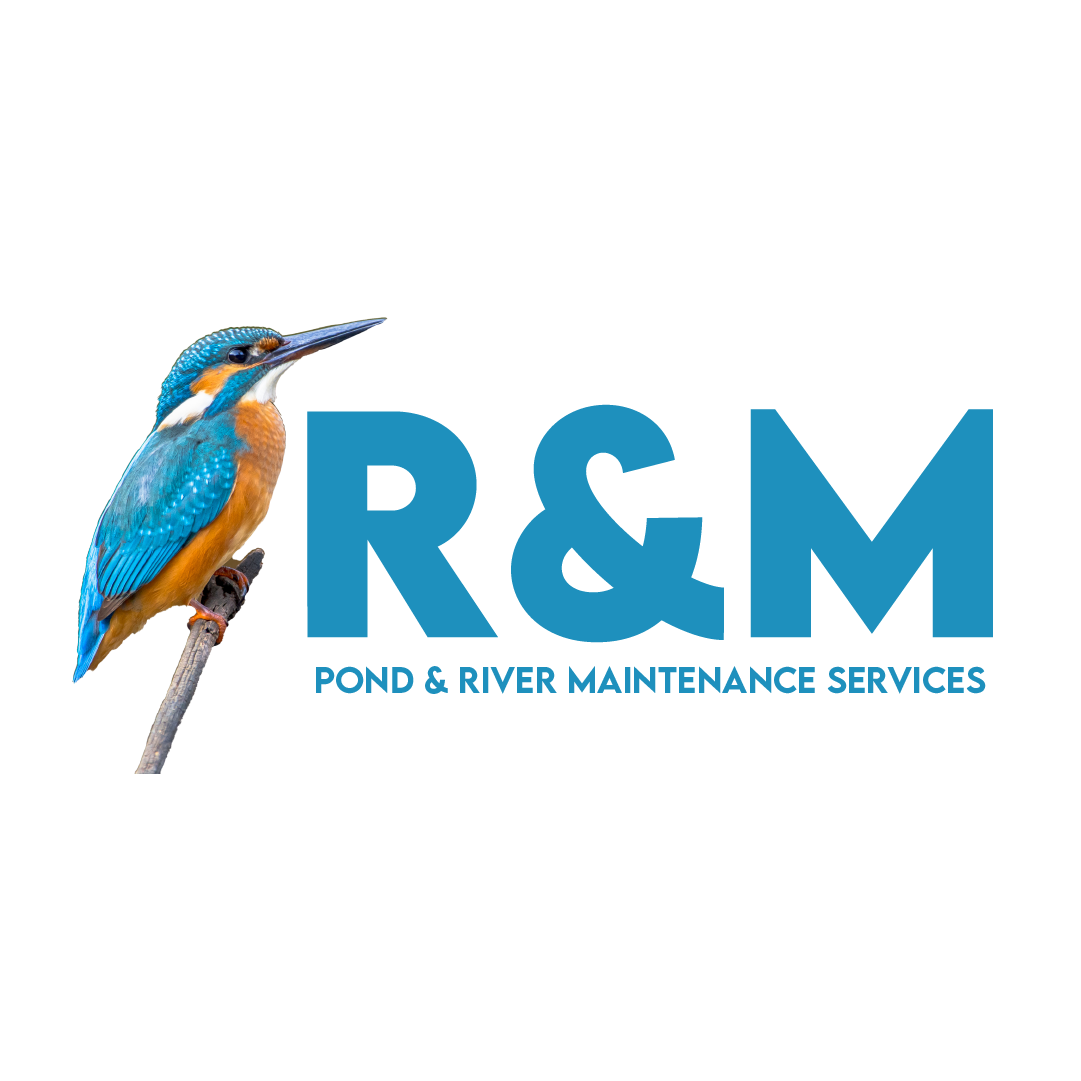- 250 Main Street, 2nd Floor, USA
- support@example.com
OVERGROWN LAKE RESTORATION PROJECT

Overgrown Lake Restoration Project
A Detailed Account of the Restoration Efforts in Essex
Project Overview
The team embarked on an ambitious project in Essex to restore a one and a quarter acre lake, which had become overgrown and neglected over time.
Clearing the Area
The initial phase of the project involved clearing the area of trees and overgrown vegetation. A significant quantity of trees needed to be felled, and once they were down, the trunks and larger branches were logged up. Smaller branches and brush were burned on site, allowing for brambles and undergrowth to be cleared using both hand tools and excavators. All debris was meticulously burned on site.
Excavation of Tree Roots
Utilizing multiple excavators, the team excavated the tree roots, enabling a thorough assessment of the lake’s condition. This essential step paved the way for the next phase of the restoration.
Draining the Lake
The team began draining the lake using an industrial diesel pump. The water was pumped out into the ditch located at the perimeter of the property. As the lake was fed by a natural spring, the pump was in constant use to ensure the area remained dry for the subsequent de-silting process.
De-Silting the Lake
A large bund was constructed to contain the silt removed from the lake. Various size excavators were then able to enter the lake to commence the de-silting process. By positioning a long reach excavator on one of the banks, the team could effectively begin removing silt. Excavators within the pond moved the silt to positions within reach of the long reach excavator, which then excavated the silt and deposited this in the bund.
Stabilizing the Concrete Wall
Once the lake was free of silt and debris, work could begin on stabilizing a concrete wall at one end of the lake. A trench was excavated behind the wall, and clay was compacted into the trench to secure the wall. Additionally, clay was excavated from the site to compact at the lower front of the head wall. An overflow pipe was supplied and installed to manage excessive water levels. The banks were shaped to create a gentler gradient, enhancing both the stability and aesthetic of the lake’s perimeter.
Landscaping and Final Touches
The entire area was then landscaped meticulously, using 700 ton of topsoil and grass seed. This final phase of the project transformed the site, providing a lush and inviting environment for both wildlife and visitors.
Conclusion
This comprehensive restoration project involved meticulous planning and execution, with the team overcoming numerous challenges to restore the lake to its former glory. The use of specialized equipment and the dedication of the team ensured the successful completion of each phase, paving the way for the lake to thrive once more.

